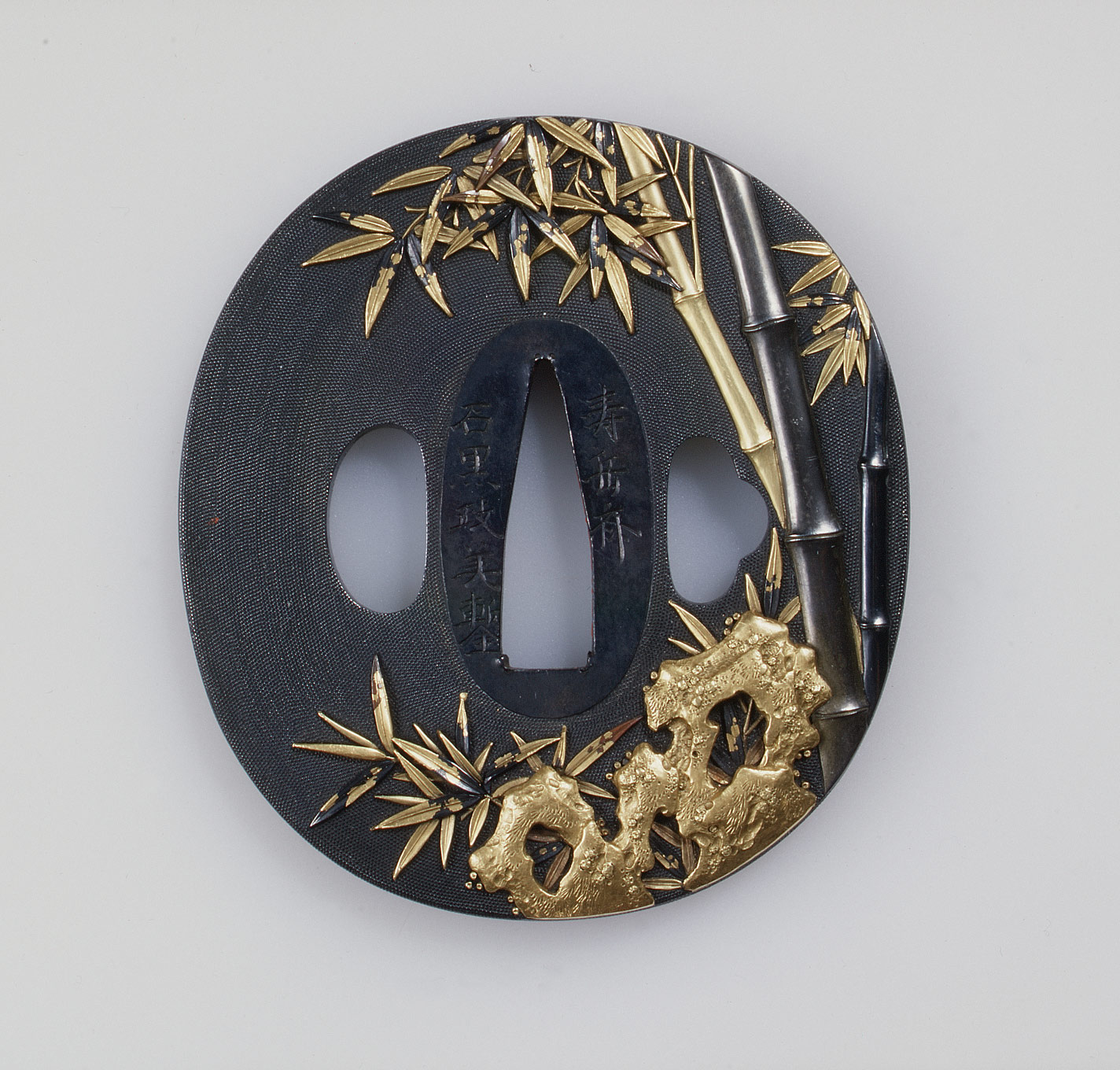It has been really hot over here to light the forge, hence the long pause in posts.
I have also been away on other business, but rest assured that I am preparing something major,which will be announced shortly.
For the time being here are a couple of thoughts on a fascinating subject, Black Metal.
It seems that developing a metal with a black color that will not corrode, rust or discolor has been a
self imposed task of metallurgists since Antiquity.
Indeed, the Egyptians, Myceneans, Greeks and Romans had developed a series of mysterious alloys, Corinthian or Black Bronze or Aes, Hepatizon (from the greek word Hepar 'liver' indicating its color), and others.
Pliny gives us a few hints, but the credibility of his account is questionable, as the composition of such valuable alloys must have been a well guarded guild secret.
Nowadays, we can get more information by analyzing extant specimens of such black colored metals on antique decorative artifacts. It seems that a variety of alloys of copper, silver and gold were utilized to achieve the color. Here are a couple of links for the more academically inclined:
Colourful Corrosion: Black Bronze and its Enigmatic Patina
http://pia-journal.co.uk/article/download/14/27
Laboratory Investigation of Inlays and Surface Treatments for the Decoration
of Copper-Base Alloy objects from the Imperial Roman Period
http://orbi.ulg.ac.be/bitstream/2268/34863/1/Article%20Archaeometry.pdf
There is also another large group of alloys of greyish to black color developed in the East, and surviving in Japanese traditional metalwork, namely the irogane alloys, Shibuichi, Shakudo, Kuromido, etc. These are again copper, silver, gold and sometimes lead or arsenic alloys that patinate to a variety of blackish hues.
Again here are a couple of papers on the subject:
Japanese irogane alloys and patination – a study of production and application
http://shura.shu.ac.uk/971/
Japanese Shakudo: Its History, Properties and Production from Gold-Containing Alloys
http://www.springerlink.com/content/n2006277t705624g/
Finally there is a newer pattented, German industrial alloy, named mujodogane which supposedly takes on a permanent or semi-permanent black color.
http://mujodogane.erlebe-es.de/synapsecore.php?mainnode=synapsepath/Informationen_ueber_Mujodogane
The site offers little info on what the alloy contains, other than naming it a silver alloy.
Now as much as I would like to believe it, the above bibliography speaks against any silver based alloy being black, but since they do not give us the composition, I cannot dispute the claim, even though I am personally, highly sceptical.
I guess it is time for me to start experimenting, as a black alloy for mokume-gane that does not corrode or discolor would be a true delight. More on the subject in future posts.

Silver's tarnish is mostly sulphide, as silver oxide is less stable than sulphide, but neither are particularly hardwearing. Have you found the relevant patent number?
ReplyDelete_Falanx_
There is a soaring demand for ferrous metals in many industries like construction, power, chemical, steel and many more. Owing to the high demand, scrap metal is being recycled. This reduces the consumption of ferrous metal alloys and company's expenditure as well. In recent times, metal recycling industry has seen a phenomenal growth. It is estimated that recycling companies recycle over 81.4 million tonnes of steel and iron and 1.4 million tonnes of stainless steel annually.
ReplyDeleteAlloy Products